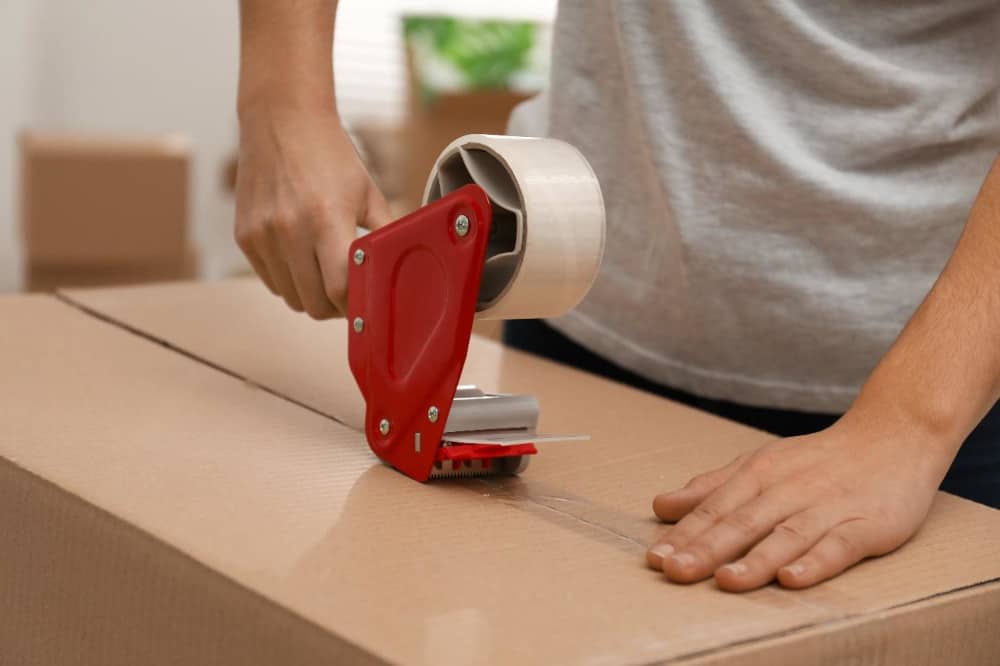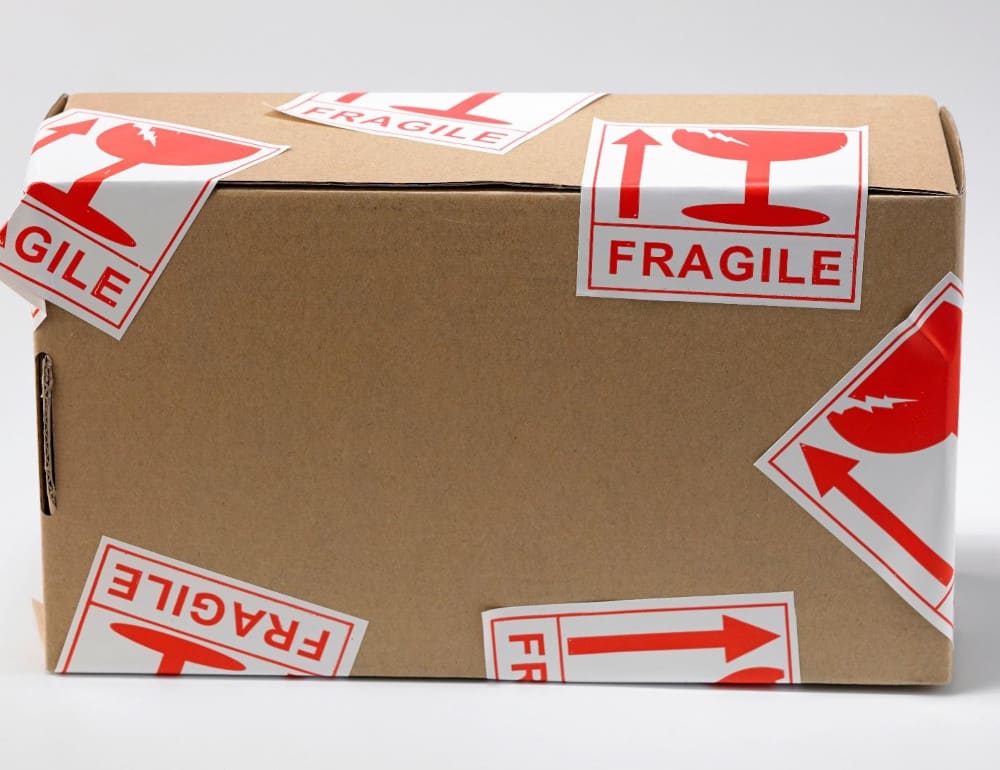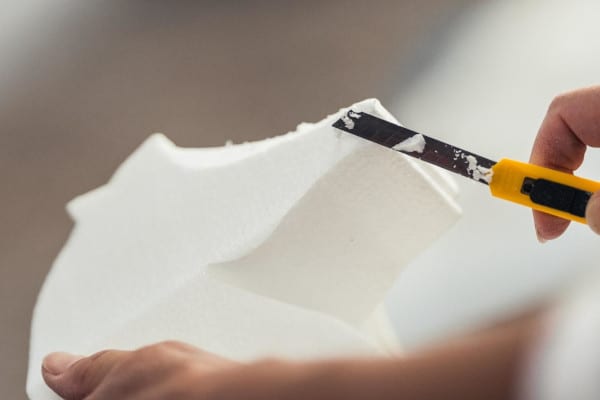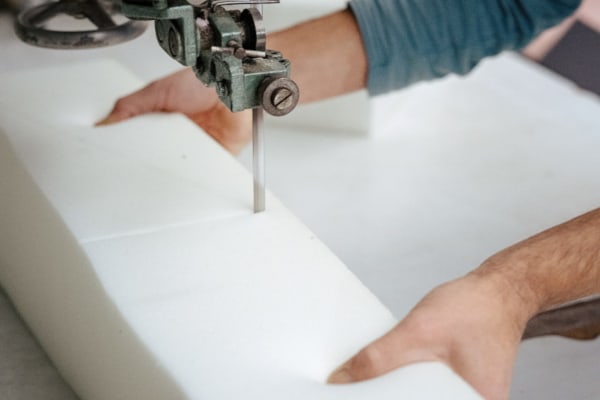Choose the Right Shipping Box
Select a sturdy shipping box that is large enough to comfortably accommodate your foam-wrapped item. Make sure there is enough space inside the box to add additional cushioning material, such as packing peanuts or air pillows. These materials help fill any remaining voids within the box and protect your item from moving during transit.
Secure and Seal the Box
Ensure your item is positioned securely within the box and cannot shift during transit. Close the box and secure it with packing tape. Pay special attention to reinforcing the corners and seams of the box to prevent it from opening during shipping.

Label and Address the Package
Clearly label the box as “Fragile” or “Handle with Care” to alert handlers to the delicate nature of the contents. Make sure that the shipping label is attached securely and displays the correct address and contact information for both the sender and recipient.
Choose the Right Shipping Carrier
Select a reputable shipping carrier with a track record of handling fragile items carefully. Different carriers offer various service levels, so choose one that aligns with your shipping needs. Consider purchasing insurance for high-value items to protect against loss or damage during transit.
Track Your Shipment
Once your package is on its way, use the tracking information provided by the shipping carrier to monitor its progress. This lets you stay informed about the delivery status and estimated arrival time. For added security, consider requesting signature confirmation upon delivery. This ensures that the intended recipient receives your package and reduces the risk of theft or mishandling.
In conclusion, packing foam is an invaluable tool for safely shipping breakable items. By choosing the right type of foam, assessing your packaging needs and following the steps outlined in this guide, you can significantly reduce the risk of damage to your fragile items during transit. Some packing foams, most wedge, back bolster shapes and cylinders may take 14 days to ship, so keep this in mind before ordering foam for your breakable items. If you have any questions about our packing foam or shipping, please contact us directly.




